I wasn’t sure how well my last post would be received, touchy subjects seem to be extra touchy these days so, when that post went live, I didn’t know what to expect. As a writer, feedback is everything—bad or good—it helps me find the pulse of the angling community and keeps me in check too when I momentarily outgrow my britches. For whatever reason, my ‘Quit Yer Complaining’ take on the circle hook mandate raised a small mountain of feedback across several channels. Somehow, there really wasn’t any straight-up negative feedback (which I am probably now inviting by saying that publicly!). But several questions came up and I though the best way to address them, might be to write another post.
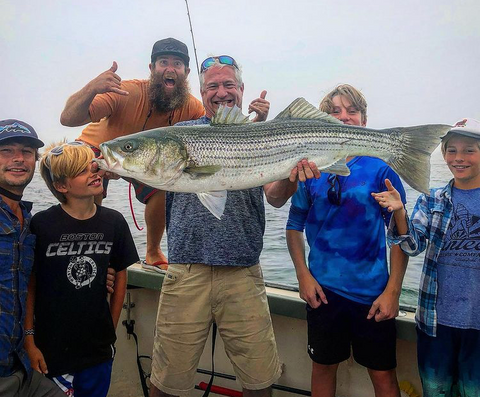
Photo by @newportsportfishingcharters
Tube & Worm
There were a few questions about using the tube and worm. First and foremost, I agree with what everyone said, a tube and worm is not the same as bait fishing and there should be an exemption for this. And the wheels seem to be in motion at the official level for this exception to be made. BUT, in the event that this amendment to the circle hook mandate dies on the legislating table, I recently learned something that all you tube and wormers might be interested in hearing. I rarely fish from boats in saltwater and I think I have maybe taken two stripers trolling in my entire life, so I am—clearly—not someone who should be speaking in absolutes about making a change to a decades-old trolling rig. But our rod repair guy, Ted Zack Owner of Aquidneck Island Rod Builders, was in the shop the other day and we ended up talking about the circle hook mandate and what that would mean for different sects of our angling culture. He said that he thought a lot of guys would stop trolling tubes, but in the same breath he also added that he rerigged some of his tubes last summer with circles and found that they work just as well as the standard J-hooks. He cited that the fact that when a bass grabs the worm they immediately (and violently) turn away which means the hook quickly finds the corner of the mouth and the steady pressure of trolling effectively sets the hook. Like I suggested in my last post for eels, he also suggested that you should fish larger circles on the tubes, citing that a larger gap leads to more hookups.
A Multifaceted Response

There were many great responses to the blog itself, but there was one that really stood out, because it covered a lot of concerns and was well thought out. I’m going to do my best to segment it out into italicized quotes and then address the questions with the best answers I can offer.
I accept having to use circles with live eels and have done so. I will point out that if you do gut hook a fish with a circle then it is screwed. You can’t back that sucker out in a reasonable amount of time and if you do there is carnage. I would normally clip the leader as close as possible but this article leads me to believe that doesn’t have a good prognosis either.
While I agree that it is especially tough to back a circle hook out of the throat of the rare circle-gut-hooked striper, I would argue that it’s the reduction in the occurrence of gut-hooking that’s the benefit to using circles. Backing a hook out of the sensitive and blood-vessel-rich tissue of the throat is not a good thing, regardless of the shape of the hook. To clip or not to clip—that really is the question. And it’s a question that I don’t know the answer to. The only thing I can say with confidence is that if you land a fish that’s been hooked in the throat then you should do everything else right to give it the greatest chance of survival. Make a quick decision based on assessment about whether you’re going to extract or clip the hook. Do as much of the finagling as you can in the water, take one for the team and don’t photograph that fish and take as much time as is required to revive it. If you do all that, you can walk away from the experience knowing that you did all you could.
Hands-Off Angling
Sure, a lot of people fish with eels but not compared to the bait-soakers who are completely hands off in a chair. I’m admittedly a newcomer relatively speaking (and very open to your opinion) but I feel like it’s obvious that the meat of the mortality due to J-hooks would be among the hands-off fishermen.
I wish I could agree with this but I don’t think this is the case. I have A LOT of eeling experience, there were many years in my angling career where I threw eels almost all the time. And, let me tell you, when a fish sees an eel and feels convinced that it has stumbled upon a guaranteed meal, they pounce on that thing with power and try to get it down FAST. Even with my eeling routine where the fish rarely has more than two or three seconds to get the eel down, I still gut-hook fish and used to gut hook many more on J-hooks. I will say that a bait fisher that holds his rod the whole time has a much better chance at sticking their fish in the lips by limiting the ‘chew time’ of their bait, but eeling results in a ton of throat and gill injury. I do agree though, that chunking with a spiked rod is a death sentence for any fish that eats your J-hooked bait and, with the nature of circle hooks and how they work, no one should have been chunking with anything other than a circle since they hit the open market—it just makes good sense.
The Biggest Impacts

RI DEM Photo
I don’t want to sound like a finger pointer who doesn’t want to do his part but I’m guessing the meat of the impact on the striper population is 1) people kicking and/or lobbing them back into the water 2) a less highlighted issue with the environmental quality of the spawning grounds 3) people filling hidden trash bags with poached fish and 4) people distractedly bait-soaking and letting the fish swallow the hook.
Yes, all of these things are factors that add up (with many others) to a declining and mismanaged species. But, I love fishing for striped bass and I believe that you do as well and I am willing to abide by a law that I believe will save a percentage of the striped bass, caught by law-abiding anglers, that would have been released anyway. I feel like we’re taking additional measures to protect a segment of the striped bass caught every year that—on paper—could be called a ‘bird in the hand’. But there is no guarantee that these fish survive release. If you’re fishing bait, a circle hook dramatically reduces your personal mortality rate, extrapolate that out over the entire population of catch and release bait fishermen and you’ve got a lot of fish that have a better shot at spawning again, growing to trophy size and populating the future of our sport. Is poaching as issue? Yes it is. It’s already illegal, and yet, people do it anyway. Would I like to see more enforcement? You bet your ass I would, but history has shown us that there simply aren’t enough eyes on the force to make it happen. Do I think improper release plays a big part in release mortality, I more than think it does, I KNOW it does. I’d like to think that leading by example would help us eradicate the kickers and the flippers, but I don’t think it would. People that do these things already have more than a few vacant apartments on the top floor and no one is lining up to rent them—if you catch my drift. But I will say that a post on proper release practices is a good idea and I’m putting it on my list. With regard to the health of their natal waters, the last few years have not been good for anything that relies on a clean environment to thrive, a lot of environmental regulations were relaxed or nixed altogether and it has had a bad effect on the Chesapeake—hopefully someone will catch on and make some strides toward fixing these issues once again. And regarding number 4 on your list, circle hooks will help.
In The Weeds?
I do, in fact, follow the rules because I think if people start picking and choosing which laws to follow, there would be no point to making laws. That doesn’t mean I agree with progressively increasing focus on low-yield (with regard to mortality reduction) sectors of the angling population. I could walk my town and the surrounding three during the summer and probably not find a single person fishing an eel skin plug. Day or night. What I will find are poachers. I feel that this is a direct result of the rule makers not owning up. Mandating that people change the way they fish is a lot easier than combatting poachers or spawning ground bacterial issues. Like I said I’m compliant but I’m also frustrated and I hope we don’t get lost in the weeds trying to make meaningful changes.
I hope all the same things, but I wouldn’t call these actions ‘low yield’. We have long-endured the warring of two sides of this issue, recreational anglers say the commercials take too many fish and have a greater impact on the fishery. Commercials opine that the sheer numbers of recreational anglers when plugged into the equation that guesses 10% of all released striped bass will not survive, proves that the recreational anglers carry a heavier burden than they do. As time has passed I have become more and more aware of the fact that both sides are—more or less—equal contributors to striper mortality. Splitting hairs for the last 20 years has landed us in the mess we’re in now. I see these arguments as thinly-veiled attempts to force stricter regulation on the other guys. It’s time to accept that we all need to take a hit. Try not to get down on the regulators for knocking off the easy pieces first. They have to start somewhere, and mandating a change of hooks across a huge segment of anglers (that are already mostly willing to comply and want to help the fishery) is going to have a big and fast impact. Trying to end poaching would require an army of environmental police officers and that would literally cost tens of millions of dollars to every state. Taking on the industries that are polluting the spawning grounds is probably not even in their jurisdiction, that sounds like EPA and NOAA and probably congress and maybe even the President. You say you don’t want to get lost in the weeds, so let’s try to see the forest through the trees here, presenting alternative regulations only serves to muddy the waters. Let’s let these regulations soak for a few tides and see what happens.




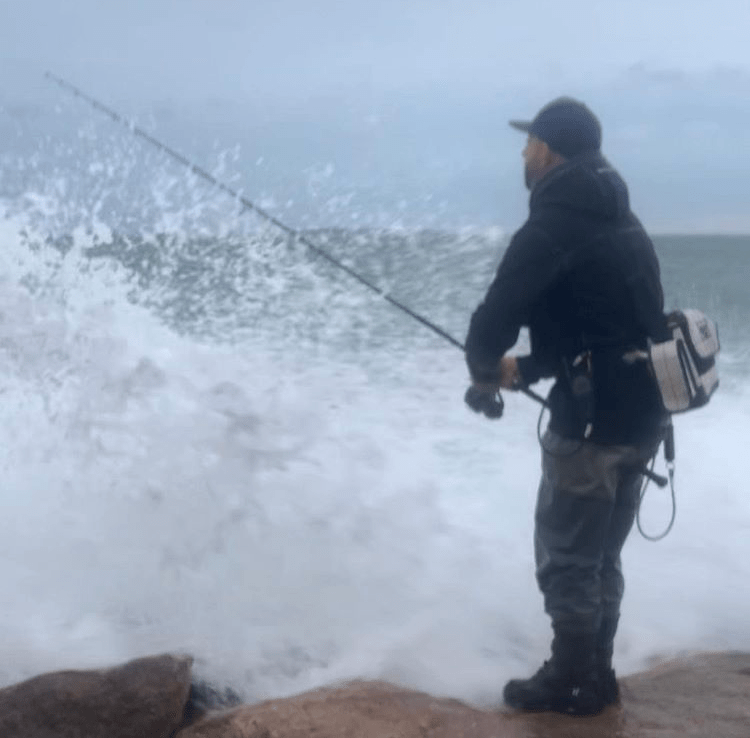



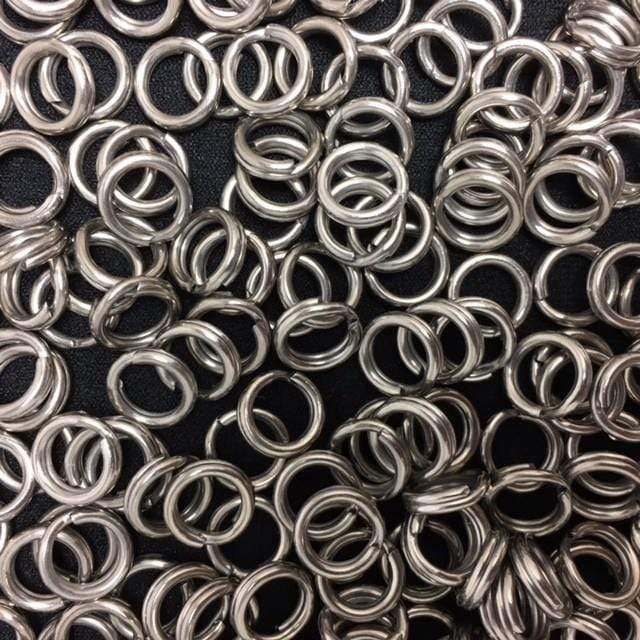
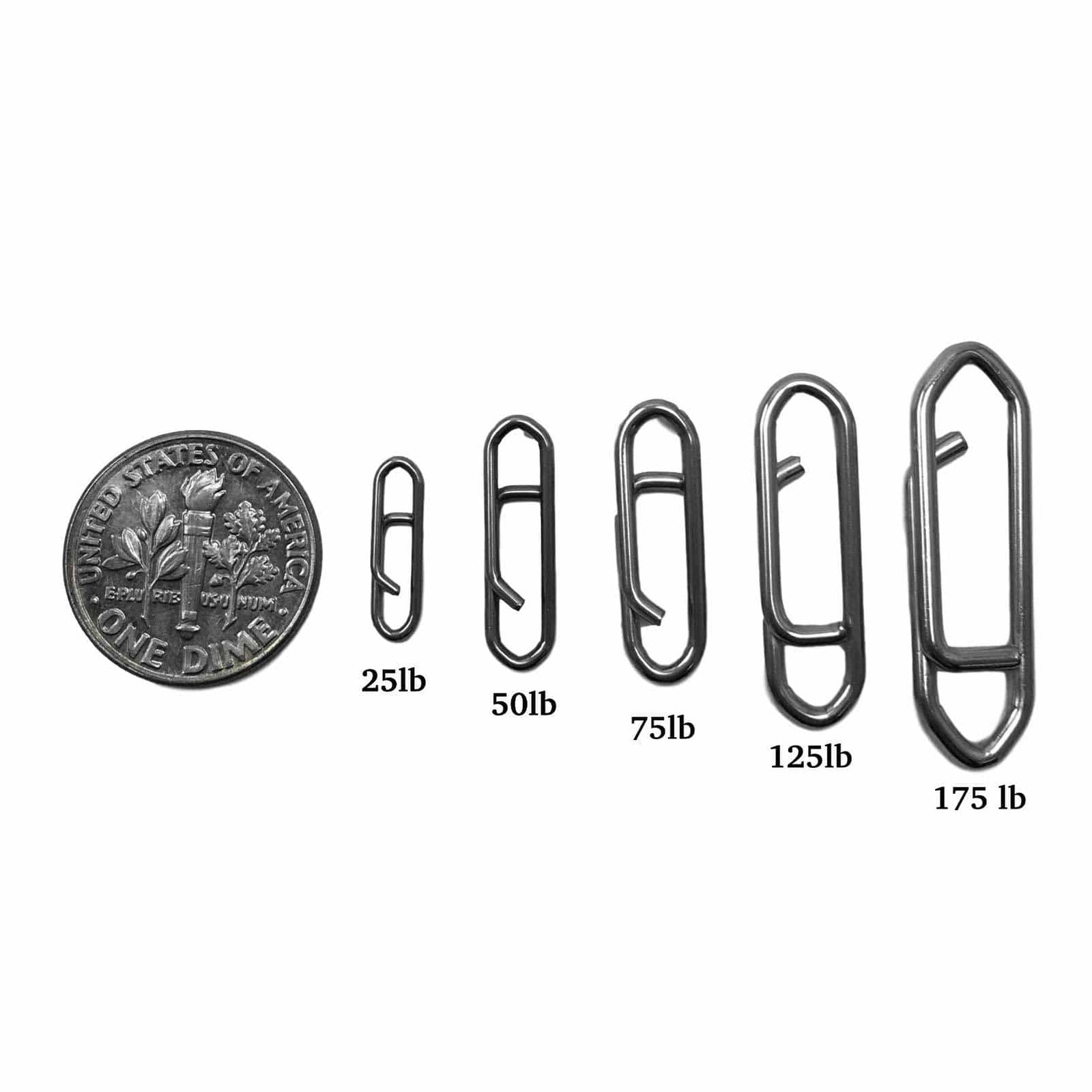


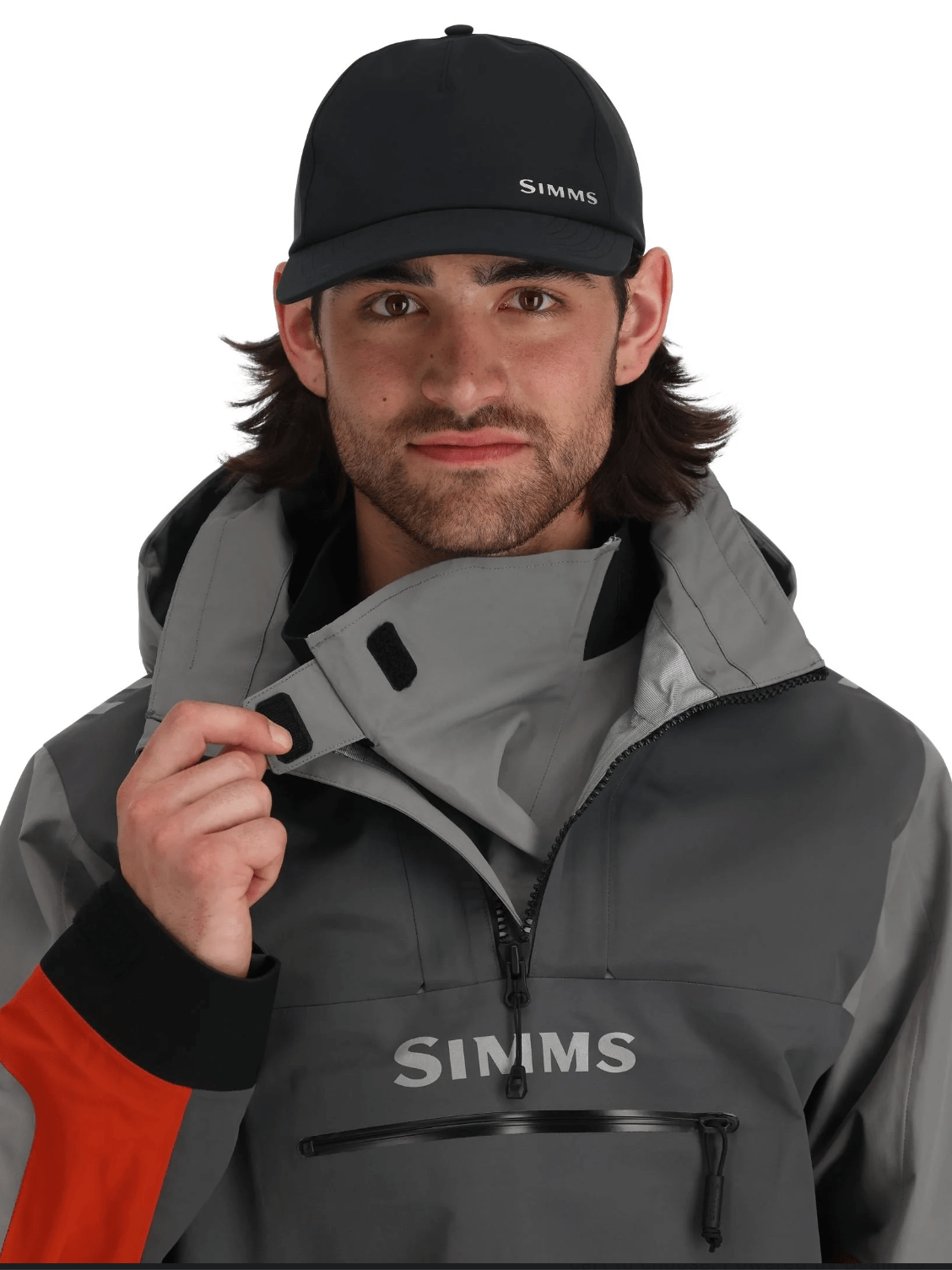

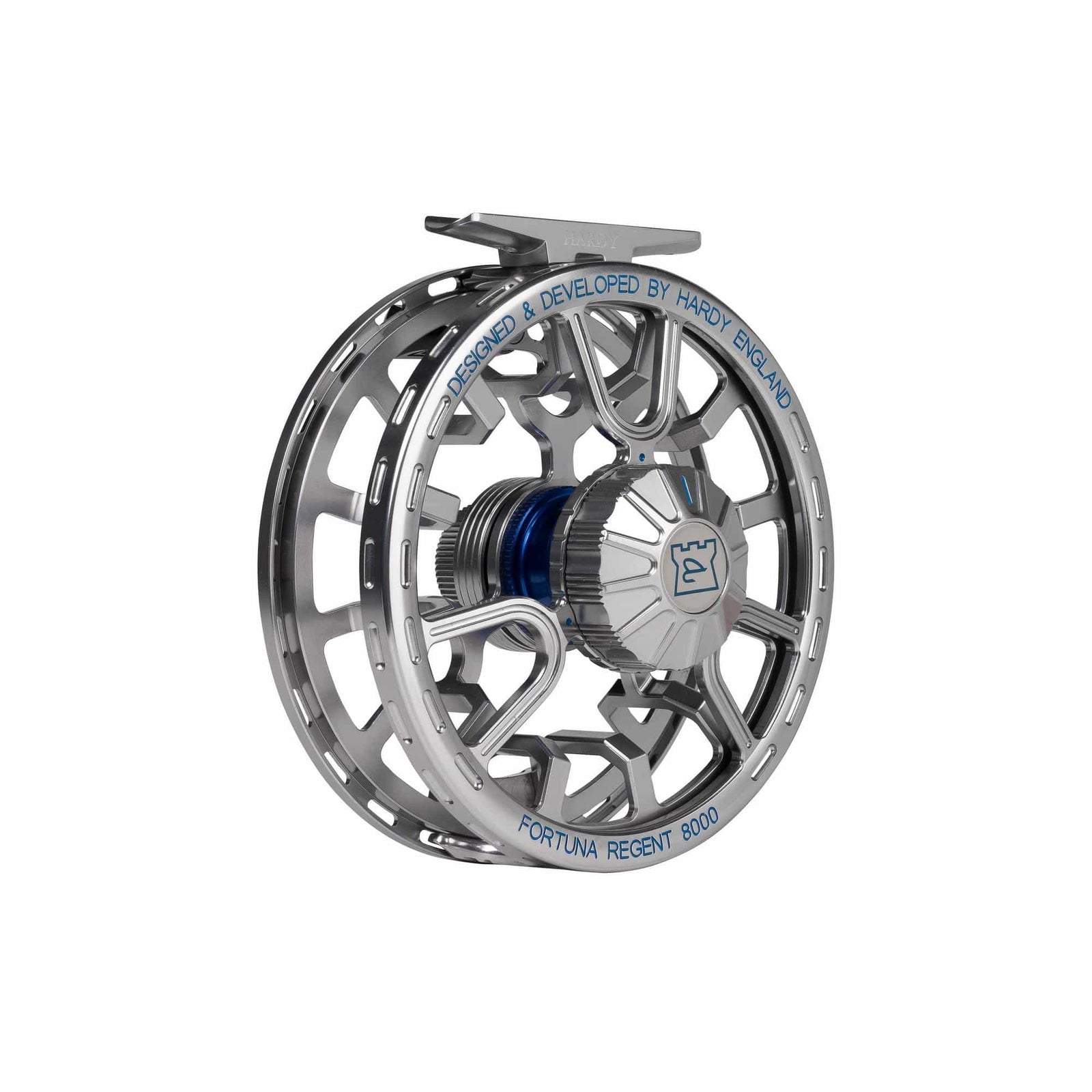
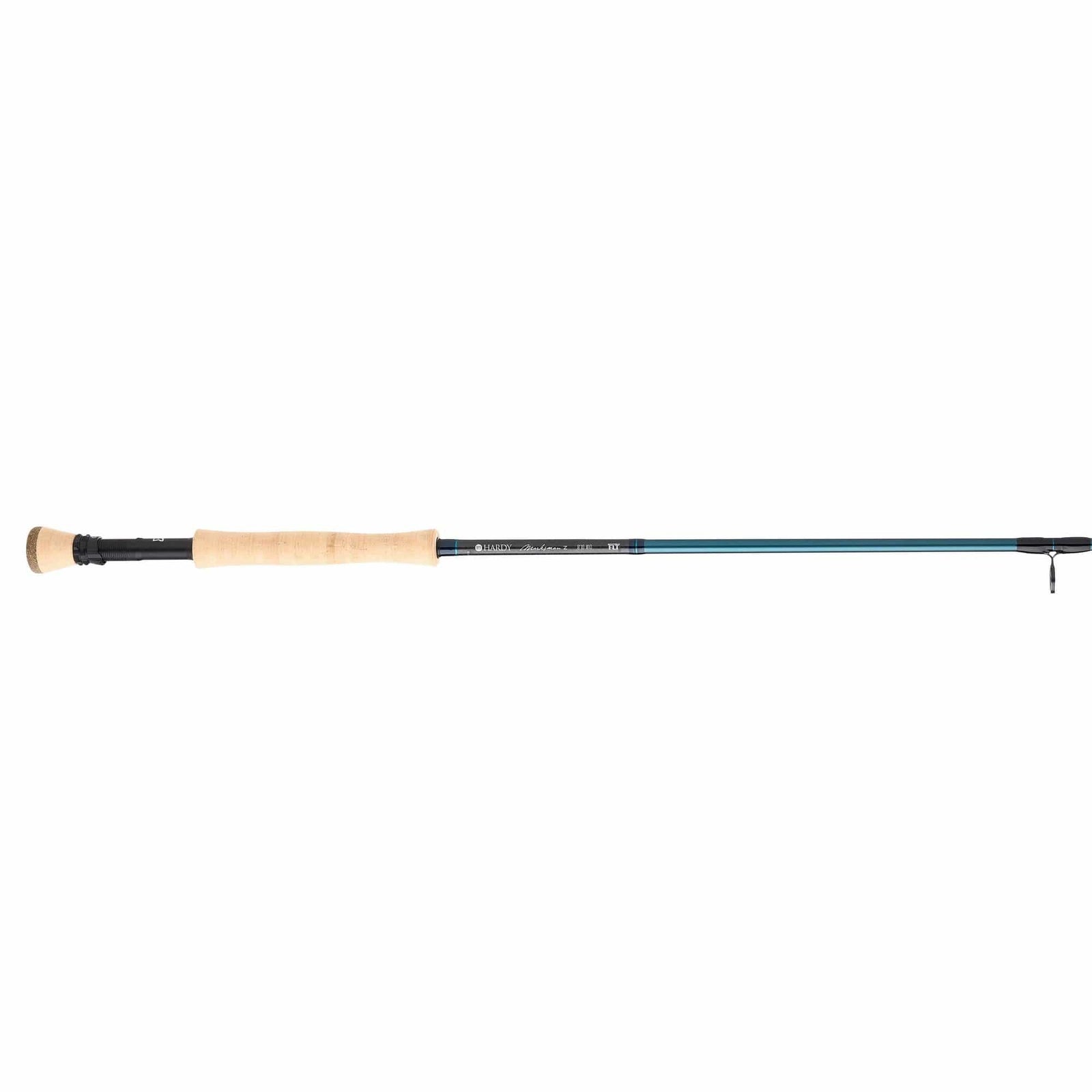
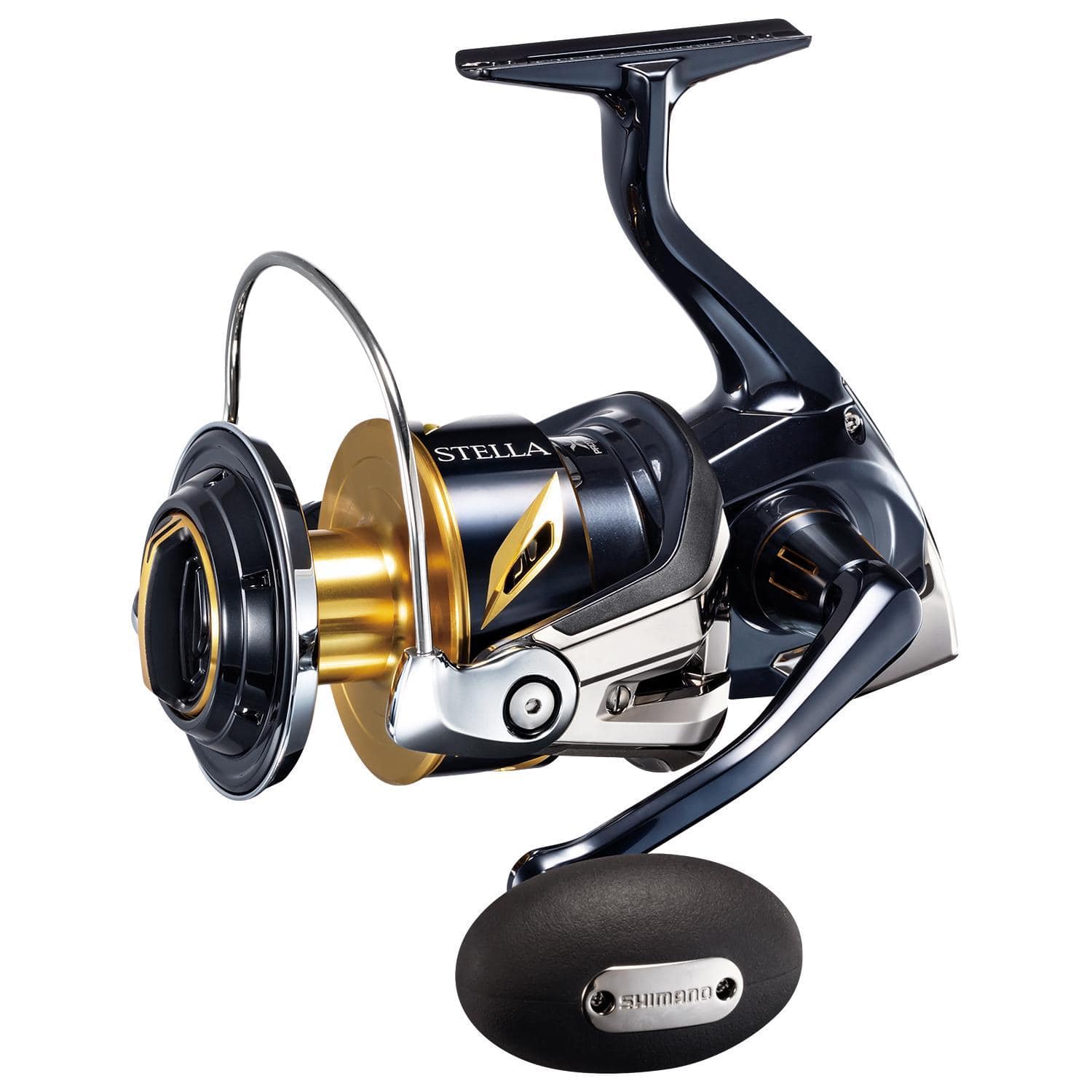
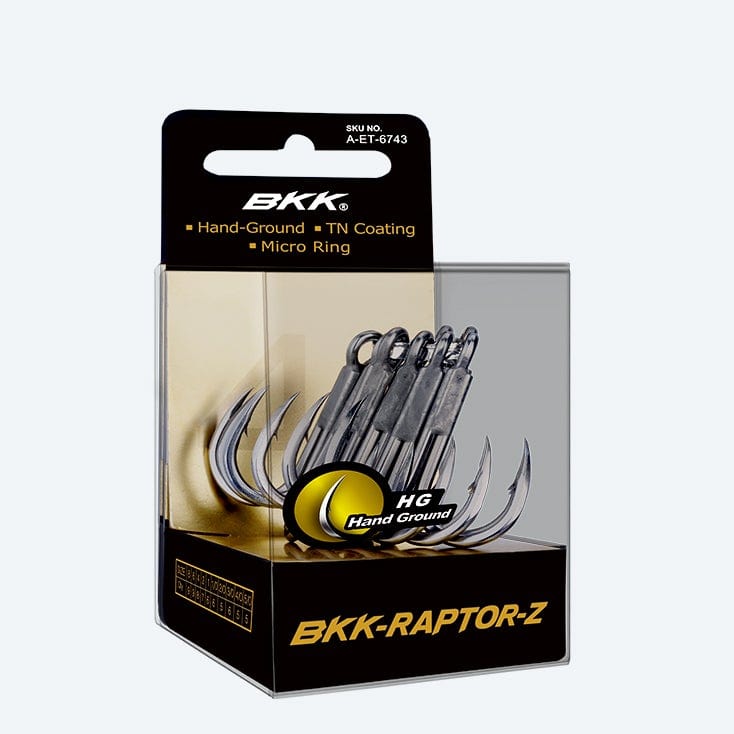
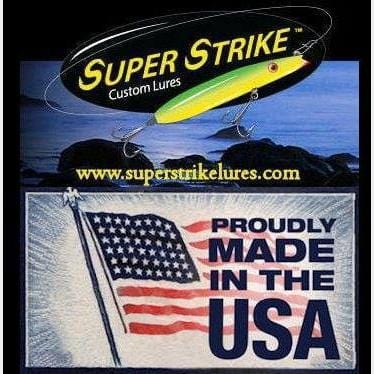

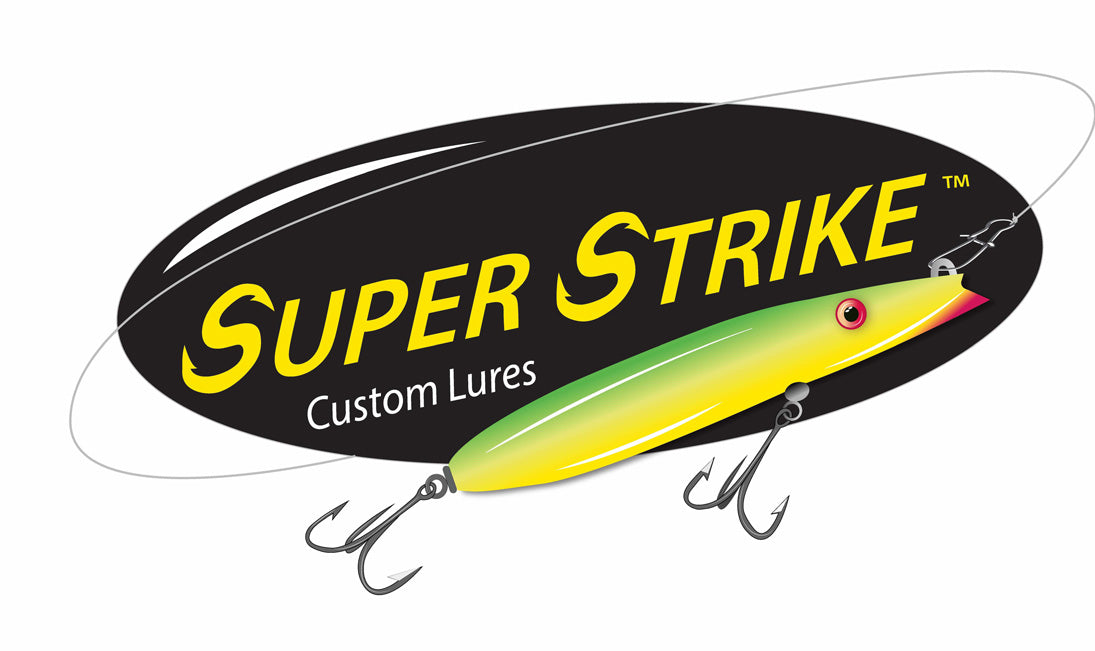
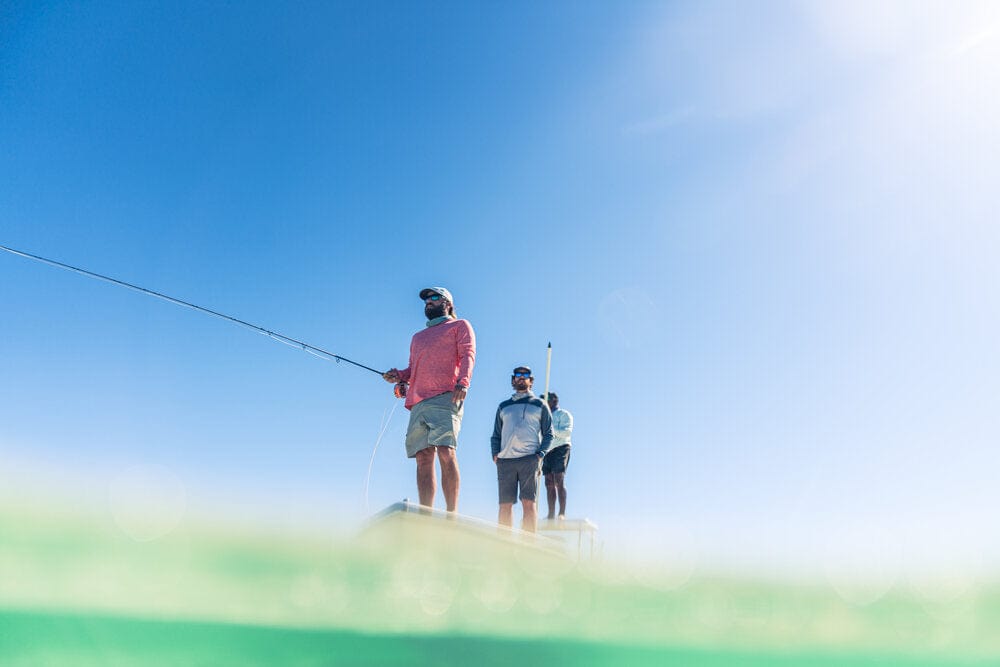

John Douma
March 11, 2021
Great article. My only question is with rigged eels. Can it be done effectively with circle hooks?